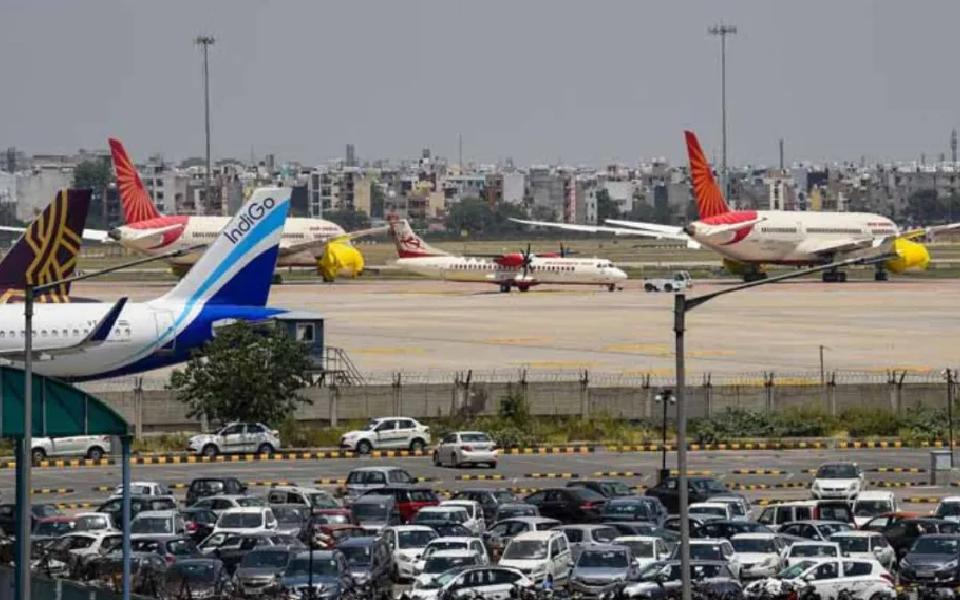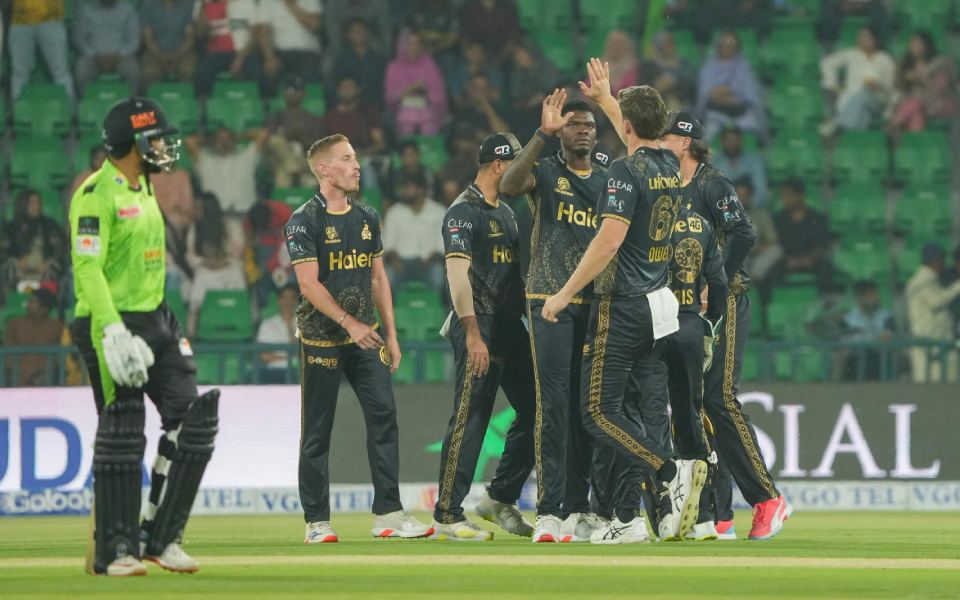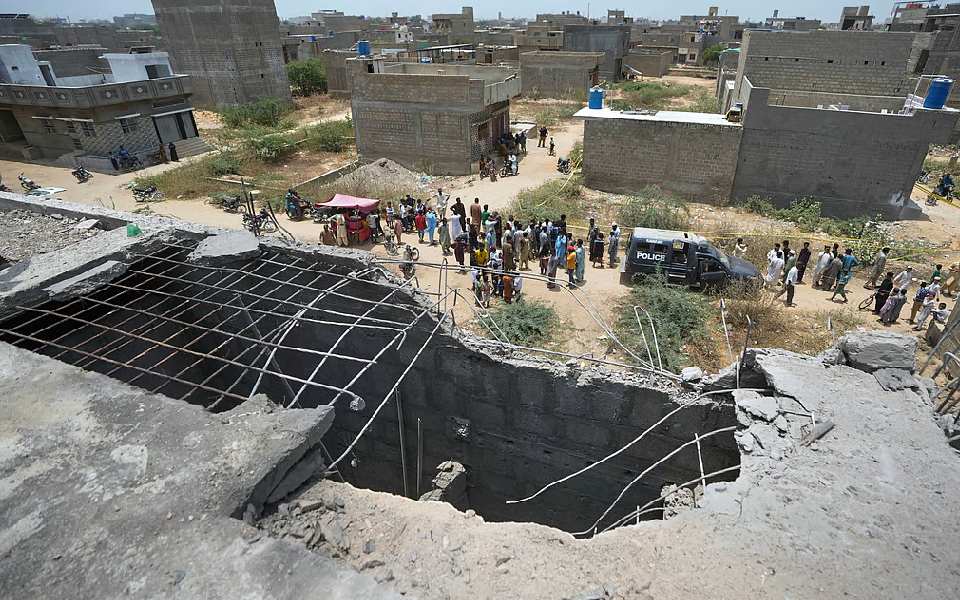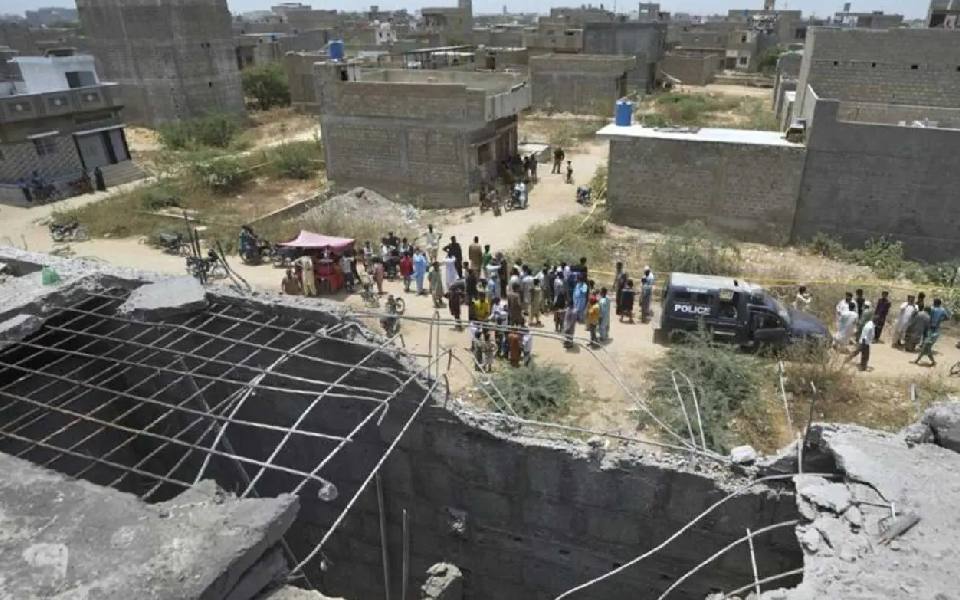The News Minute’s founder and Editor in Chief, Dhanya Rajendran, a seasoned journalist with an illustrious career spanning over two decades, has become a prominent figure in Indian media, making significant contributions across print, TV, and digital platforms.
Hailing from Kerala, her impactful reporting and editorial leadership has bright the spotlight on a wide spectrum of crucial issues, including women's rights, Dalit and Minority persecution, sexual violence against children, politics and elections, natural disasters, and human rights. In 2014, she co-founded The News Minute with her partner Vignesh Vellore and ace journalist Chitra Subramaniam; a website dedicated to prioritizing South Indian news.
Rajendran gained national recognition when her investigative team, under her leadership, exposed the voter data theft scam in Karnataka last year. The revelation sent shockwaves across the state, prompting the Election Commission to order a thorough investigation. Her work earned her the prestigious National Red Ink Award for Journalist of the Year from the Mumbai Press Club.
Having received accolades such as the Chameli Devi Jain Award for outstanding women journalists, Dhanya Rajendran has not only excelled in her journalistic endeavors but also assumed leadership roles. Currently serving as the President of DigiPub, the National Association of Digital Journalists, she remains committed to fostering independent and responsible media practices.
In a recent interview with Vartha Bharati, Rajendran reflects on her experiences during her TV reporting days, discusses the possibilities and challenges of digital media, and emphasizes the critical importance of maintaining an independent media landscape, highlighting the shared responsibility between media professionals and the public.
Excerpts:
1) After working for several years in television, what motivated you to transition to digital media? Could you please provide some context about your journey in this new media format?
After dedicating several years to the television industry, my transition to digital media stemmed from a realization that the television landscape, particularly in English news in India, was becoming stagnant. This epiphany occurred during a period of significant growth in the industry, around 2012. Despite the excitement surrounding those times, I observed a tendency to overlook news stories from regions outside of Delhi and Mumbai. The struggle to ensure coverage of developments from the Southern part of India in national bulletins became both exhausting and exasperating.
After spending eight years as a television journalist, I found myself at a crossroads upon leaving one channel. The conventional options were to return to another television channel or shift to print journalism. However, being in my early 30s, I saw this as a unique opportunity to experiment. Fueled by a desire to break away from the sensational nature of television, I decided to venture into the digital media, even though I had little knowledge of how it operated. It was a blindfolded plunge into the unknown, a decision driven by a need for change.
At the time, I was unaware of the extensive resources—human, time, and monetary—required to run a digital venture. As a TV journalist seeking to escape monotony, I embraced the challenge. I knew two things- I wanted more women in the newsroom, I won’t repeat TV’s mistakes.
2) You have shared stories from your time in television, highlighting the pressure to secure exclusive stories and interviews. How challenging was it to navigate those situations?
Navigating the dynamic landscape of television journalism presented a daily rollercoaster of experiences. Whether covering a building collapse, conducting an interview with a top political leader, or reporting on events like plane crashes, protests, rail accidents, celebrity weddings, or cricket matches, the demands were relentless. The transition from one story to another happened seamlessly, often without breaks and minimal preparation time. The nature of the work kept us operating on a constant adrenaline rush.
As more television channels entered the scene, the pressure intensified. Newsrooms demanded exclusives every single day, pushing journalists to their limits. The competition for attention became fierce, and sustaining oneself as a reporter required an almost insane number of hours per week. Even with dedicated efforts, securing the best story didn't guarantee its inclusion in the limited elements of a bulletin, which typically featured only 6 to 7 segments.
Reflecting on my time as a TV reporter, I must admit that, despite the intense pressure, there was a certain enjoyment in the work. However, this enjoyment was often devoid of self-critique. Looking back now, I realize how the medium led us to operate on a somewhat shallow level.

3) Why do many TV channels, despite having substantial resources, often rely on gimmicks instead of investing in real reporting?
Many TV channels, despite possessing substantial resources, often resort to gimmicks instead of investing in real reporting. The common excuse for this deviation has been a purported lack of funds. However, this assertion is debunked by the significant amounts invested in covering elections, conducting exit polls, and hosting grand events. The issue lies not in the scarcity of resources but in the misallocation of priorities. While exceptions exist among TV journalists and editors who engage in meaningful work, a considerable number of channels seem content with superficial coverage, avoiding in-depth exploration of critical issues.
Debate shows, featuring 6 to 8 talking heads, have become a prevalent format, serving as the easiest and cheapest method to captivate viewers. Originally confined to nighttime prime slots, these shows gradually expanded to other time bands as channels realized the minimal resources and research required. In contrast, undertaking well-researched, on-the-ground reporting demands time, dedication, and genuine investment in understanding and addressing the intricacies of social issues. Unfortunately, this commitment to substantive journalism, rooted in genuine causes, appears to be lacking in a significant portion of the industry.
4) Indian TV channels indeed have a vast audience, but genuine reporting has shifted to digital media platforms like TNM and The Wire. There's a perception that the impactful stories from journalist-driven digital media don't reach as many people. Is this true, and if it is, how can we bridge this gap in information dissemination?
While Indian TV channels boast a vast audience, the shift towards genuine reporting has notably occurred on digital media platforms like TNM, Scroll, Quint, Newslaundry and The Wire. However, there is a prevailing perception that impactful stories from journalist-driven digital media don't reach as many people. Unfortunately, as a news organization, there's limited control over this dynamic.
The reliance on platforms such as Facebook, Instagram, and others, along with dependence on Google algorithms for news dissemination, often poses challenges. Although these platforms attempt to accommodate smaller media outlets, the sheer volume of content from larger media houses can overshadow them. Bridging the gap in information dissemination requires collaborative efforts. Media houses sharing similar values should amplify each other, forming alliances that extend beyond the English digital media landscape to include vernacular languages.
Ultimately, those who recognize the importance of the reporting conducted by smaller media outlets in strengthening democracy must take the initiative. Supporting these media houses involves sharing and circulating their stories, as well as providing assistance in any feasible manner.
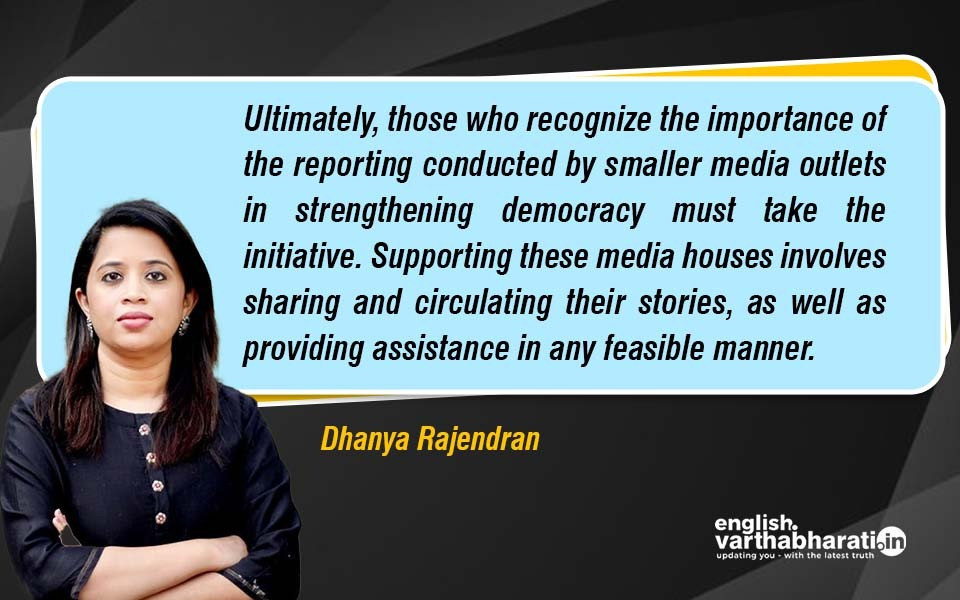
5) There is a common complaint that people tend to ignore real stories and hard facts, showing indifference to the corruption and unethical behavior of their elected representatives or government. Instead, they seem more interested in gimmicks, drama, and sensational content on TV channels. How true is this perception, in your opinion?
The perception that people tend to ignore real stories and hard facts, showing indifference to the corruption and unethical behavior of their elected representatives or government, in favor of gimmicks, drama, and sensational content on TV channels is, in my opinion, unfortunately true.
This behavior is deeply rooted in human nature. There's a propensity to believe in the most sensational, simplest, or even the most bigoted narratives because they reinforce existing prejudices and allow individuals to avoid questioning social realities, inequalities, and their own biases. For instance, many individuals readily embrace unfounded claims, such as the belief that certain communities have more children or that fabricated narratives like "love jihad" hold truth.
When confronted with data that contradicts these notions, there's a high probability that individuals may dismiss the data as incorrect. This phenomenon is fueled by two primary reasons. Firstly, people often reside in echo chambers, seeking information that validates their existing biases—even if it's misinformation. Secondly, holding bigoted, illiberal, or communal views is no longer stigmatized; on the contrary, there are thousands who readily endorse such perspectives. When these views find acceptance not only among ordinary individuals but also among politicians and the government in power, it becomes challenging to counteract these tendencies.
6) As the Lok Sabha elections are approaching, considering the behavior of mainstream newspapers and TV news channels during the 2019 elections, what challenges do you anticipate Indian media will face in this upcoming election season?
As the Lok Sabha elections approach, the challenges anticipated for Indian media in the upcoming election season are unfortunately daunting. The dominance and extensive reach of a section of media aligning closely with government narratives pose a significant challenge. While smaller media houses and a limited number of newspapers are expected to persist in posing tough questions, their efforts alone may not be sufficient.
What is needed is the formation of a coalition within civil society, uniting individuals from various walks of life. Lawyers, activists, teachers, students, influencers, thinkers, and others must come together to ensure that people remain well-informed.
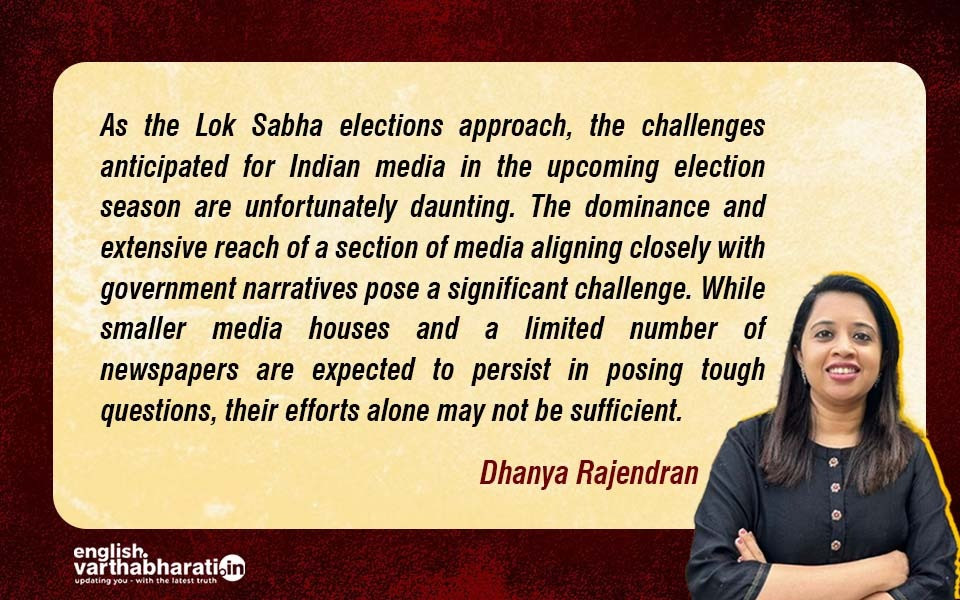
7) Journalists and digital media organizations engaged in genuine reporting often face financial challenges. With initiatives like seeking membership from readers, how has the response been so far? Is it sufficient to sustain the work you are doing?
There is no uniform answer for this. Some digital media organizations have been more successful than others. And those who have been successful are able to use this money to sustain and grow. However, they are a minority. Most organizations are struggling to raise sufficient funds from their readers. Let me enumerate a few challenges.
One is that people often don’t understand how revenue streams work. Most media is dependent on advertisements from the government or corporates. This often comes at a risk of self-censorship and being forced to do certain stories. Therefore the cleanest way is to ask the public to contribute, because when the public pays, the public is served. When people don’t understand the need for this kind of funding, they brush our requests aside.
The second is that people don’t understand that there is a deliberate attempt by the government to ensure no one funds independent media. This mail has come in multiple ways, by intimidating newsrooms, raiding foundations that provide funding for media etc.
The final reason is that people believe the media is there only to tell you news. Has a new train been announced? Who won the elections? Who are the guests at an international event hosted by the country? Let’s say a news consumer wants to know about the three things above, there are hundreds of newspapers, TV channels and web portals who will give you the information for free. So they feel why should I pay for one media outlet, when I can get this news for free elsewhere? We are however not talking about just reporting news events here. We are talking about organisations that will not only tell you if a new train has been introduced, but also inform you if the railways is using their budget to maintain tracks and to ensure safety. They will tell you whether the new train, which is super-fast, is at the cost of reducing the speed of other trains. They will tell you if an election was fair and which slum area was covered up so that the international event goes on.
We've always paid for newspapers, we've always paid for TV subscriptions. We've always paid for news in the past, but with the internet, because in the beginning, we thought everything could be free. All of us are used to not having to pay for news on the internet. But I think it's important to make that differentiation between where you need to pay and where you're getting free information from. There is a saying that there's no such thing as a free lunch, right? We are doing the difficult job of collecting information. The perspectives that bring you that you bring you are going through years of hard work and knowledge gathering. So all of this cannot come for free. If you want journalism to survive, then people have to realize that they have to pay for this.
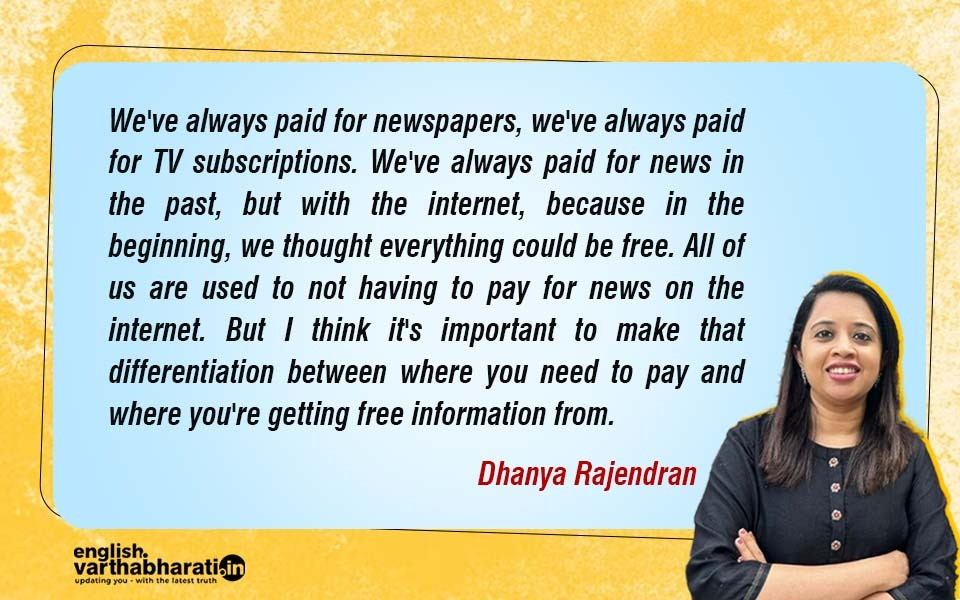
8) What are your thoughts on the idea of placing all digital news content behind a paywall? Do you believe India is ready for such a model?
Can all news be behind a paywall, perhaps not. While it is important that readers realize the value of news, it's also important for journalists and media organizations to realize that with tech giants not really doing much to moderate social media, the content that gets shared on these platforms is without moderation. So people will end up consuming their news and getting their information only from these platforms, which can be gamed by people who have a lot of money, which can be gamed by political parties.
And we've seen through multiple whistleblower accounts that these tech giants are not taking their role very seriously when it comes to making sure that the content on their site is not inciting harm, violence or communal hatred. They are not doing the job of ensuring that their platforms are actually safe for people. So until that happens, most of us have to keep our content free, and hope that our subscribers see the value in the work that we do, and pay us for this work.
It's a difficult balance between what is public interest in such a way that everybody can access it, and at the same time, what is going to help journalists pay their bills- pay rent, survive, send their kids to school. How are they going to be able to do it? If they don't have the salaries to do it, if they don't have the money to do it... and they're not going to have the money to do it until news organizations have the money to do it.
9) When do you think people in India will realize the value of news gathering and the significance of media freedom, leading them to be willing to pay for the news and content they currently consume for free on their mobile phones? What steps do you believe need to be taken to help them understand the importance of supporting journalism financially?
If I am to be entirely pessimistic, maybe till the time the last pillars of democracy collapse, people won't realise. Think this is also a question for the entire industry to grapple with. The industry has to decide that we value our own work enough that we are going to make sure that we don't give everything away for free. For example, breaking news can be kept freely accessible. But for deep reported stories that our reporters are on the ground to do, for the perspectives that we bring with years of knowledge and scholarship, should be behind paywalls. People will start seeing the value of this only when there is an industry standard.
You can't have one news organization having everything open and free and other news organizations putting everything behind the paywall, and some other news organizations sort of saying that my content is only available for the richest person by increasing their subscription so high that nobody can really access it. So that value proposition has to be made clear across the industry. Every news organization has to make it clear to their audience that this is a standard that we follow, and once the entire industry sort of moves in this direction, that's when we will see that the genuine news consumer is going to be willing to pay for news. Because we do pay for many subscriptions-we pay for Netflix, Amazon Prime, Spotify or YouTube music. We pay for many services on a daily basis because we know that these services are valuable to us. News is a valuable service and people definitely can afford it, because we are not asking for a lot of money. We are asking for what might be a few coffees in a month.
10) Building a loyal subscriber base requires consistent value. How do you balance providing free content for broader reach while offering exclusive, premium content for paying subscribers?
The way we are looking at it right now is that anything that takes us a lot of time and effort should be something that our subscribers should get exclusive access to. Breaking news on the other hand is free for everybody as this is a space where most organisations make mistakes, report badly and there is disinformation and misinformation. We take care to report news with context. For example, it’s important to report about what a leader has said, but context and history is also equally important. So it is in this space that we see that it's important for us to stay free, stay open for everybody to come and check real information, and we don't have plans of taking up breaking news behind the paywall as of now.
But in terms of our deep reported stories where it takes our reporters weeks and months to actually get to the ground and get all of the inputs, that content is something that we are putting behind a paywall.
The other kind of paywalled content that we have is newsletters, which are based on sources which are again built over years and decades in the news industry. One of our newsletters is called Power Trip and over the last few months since Power Trip has been launched, we have got many exclusive political stories and pieces of information that are useful for people interested in politics, for people in the space of politics and policy advocacy..
We know who is telling the truth and who isn't, and we know when something is possible, and when something isn't. So with powertrip, we have been able to sort of get these exclusive political stories much before they've hit the public domain and that is the kind of value that we want to provide our subscribers. We want our subscribers to be able to have that edge whether it is in their personal lives, in their social lives, or in their professional lives. We want the people to help you be informed.
Let the Truth be known. If you read VB and like VB, please be a VB Supporter and Help us deliver the Truth to one and all.
New Delhi: Airlines have asked passengers to reach airports at least three hours before departure after the Centre increased security measures in response to Pakistan’s ongoing attack, reported India Today.
According to the Ministry of Civil Aviation, all passengers will now face a Secondary Ladder Point Check (SLPC) before boarding. The Bureau of Civil Aviation Security (BCAS) has directed all airports and airlines to step up security.
Air India said, “Passengers are advised to arrive at least three hours prior to departure. Check-in closes 75 minutes before departure.” Akasa Air and IndiGo issued similar advisories, asking passengers to allow more time for security checks.
All passengers must carry valid photo ID and will undergo secondary checks before boarding. Visitor entry to terminals has been banned, and Air Marshals will be deployed as required.
The moves come as India’s defence systems shot down Pakistani missiles and drones in Jammu, Punjab, and Rajasthan. At least 21 airports are shut till May 10, and several flights are cancelled. Civilian aircraft are avoiding airspace over Pakistan and India’s western corridor, data from Flightradar24 shows.


